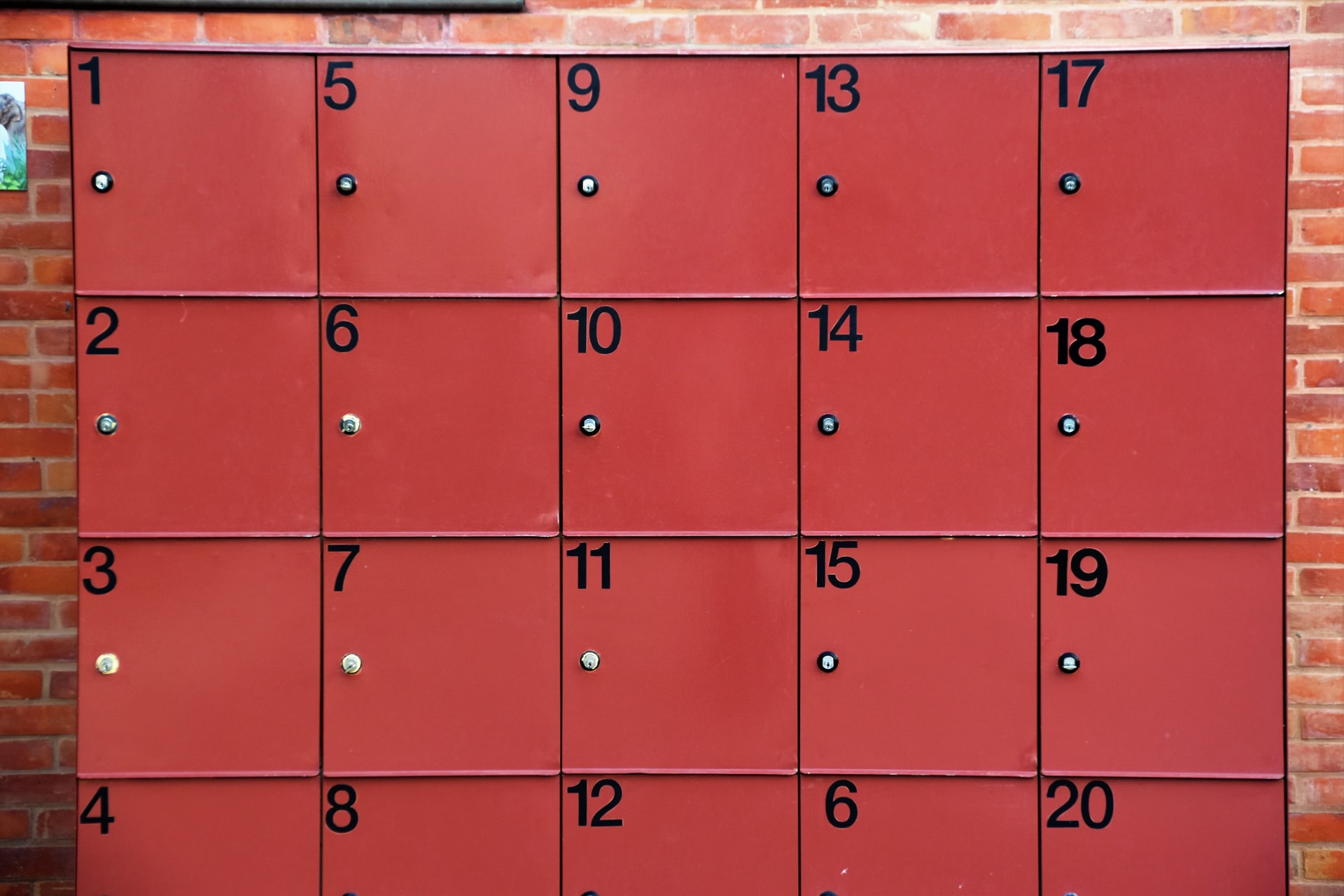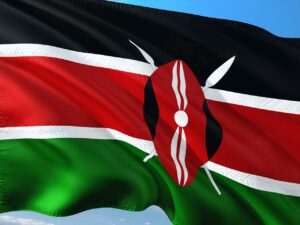Moja, Mbili, Tatu: Swahili Numbers
In this post you’ll learn Swahili numbers and how to use them. So you’ll learn how to count in Swahili, and then you’ll see how to use Swahili numbers in practical situations. First, we’ll look at the basic Swahili numbers from one to ten. Then we’ll see higher numbers. Finally we’ll see some examples of using numbers in conversation, for talking about prices, giving addresses and phone numbers, and more.
How to count in Swahili from 0-10
Let’s start with the Swahili numbers from sufuri zero through kumi ten.
- sufuri zero
- moja one
- mbili two
- tatu three
- nne four
- tano five
- sita six
- saba seven
- nane eight
- tisa nine
- kumi ten
How to count in Swahili from 11-19
Now let’s look at higher Swahili numbers. To form eleven through nineteen, simply start with kumi na (ten and), and then add the ones place.
- kumi na moja eleven
- kumi na mbili twelve
- kumi na tatu thirteen
- kumi na nne fourteen
- kumi na tano fifteen
- kumi na sita sixteen
- kumi na saba seventeen
- kumi na nane eighteen
- kumi na tisa nineteen
How to count in Swahili from 20-99
Next, let’s move on to Swahili numbers above 19. Here are the tens. To express numbers between the tens, start with ishrini na (twenty and), thelathini na (thirty and), and so on, and then add the ones place.
- 20 ishirini
- 21 ishirini na moja
- 22 ishiri na mbili
- 23 ishiri na tatu
- 24 ishirini na nne
- 25 ishirini na tano
- 30 thelathini
- 40 arobaini
- 50 hamsini
- 60 isitini
- 70 sabini
- 80 themanini
- 90 tisini
Higher Swahili Numbers
And here are higher Swahili numbers from 100 on.
- 100 mia moja
- 200 mia mbili
- 300 mia tatu
- 450 mia nne na hamsini
- 1,000 elfu moja
- 2,000 elfu mbili
- 10,000 elfu kumi
- 10,001 kumi elfu na moja
- 11,000 elfu kumi na na moja
- 80,000 elfu themanini
- 80,008 themanini elfu na nane
- 88,000 elfu themanini na nane
- 88,008 themanini na nane elfu na nane
- 100,000 elfu mia moja/laki moja
- 1,000,000 milioni moja
Using Swahili Numbers
Let’s see some typical examples of how you might use numbers in Swahili. You’ll notice that the numbers in Swahili take different agreement prefixes; check out the grammar tip below for an explanation.
- Gilasi mbili za maji, tafadhali.
Two glasses of water, please. - Meza kwa wawili/watatu/wanne/watu watano, tafadhali.
A table for two/three/four/five people, please. - Ni saa ngapi?
What time is it? - Ni saa moja jioni/saa tano asubuhi.
It’s seven o’clock in the evening / eleven o’clock in the morning. - Ni chumba namba thelathini na saba kwenye ghorofa ya tatu.
It’s room number thirty seven, on the third floor. - Una miaka mingapi?
How old are you? - Niko na miaka ishirini/thelathini na tano/hamsini.
I’m twenty/ thirty five/ fifty years old. - Inagharimu pesa ngapi?
How much does it cost? - Inagharimu shilingi elfu moja.
It costs one thousand shillings. - Una dada wangapi?
How many sisters do you have? - Nina dada wawili.
I have two sisters. - Namba yako ya simu ni ipi?
What is your phone number? - Namba yangu ya simu ni + mbili tano nne, saba mbili tano, sita nne sita tano nne tano.
My phone number is +254-725-646545. (plus sign = alama ya kuongeza) - Hoteli iko wapi?
Where is the hotel? - Hoteli iko katika mtaa wa 25 (ishrini na tano) wa Koinange.
The hotel is at 25 Koinange Street.
GRAMMAR TIP!
Numbers in Swahili agree with the noun class of the noun that they count. The forms that are listed above are the ones that you use when you simply count, but they also agree with N-class nouns, for example nyumba (house). If you’re not sure what Swahili noun classes are, check out this post.
- nyumba moja nyumba mbili nyumba tatu
one house, two houses, three houses
But if you count nouns from other classes, you’ll add agreement prefixes to the numbers. For instance, if you count A-Wa Class nouns, like mtoto/watoto (child/children), the numbers will take the M-Wa prefix. If you count Ki-Vi- Class nouns, for instance kitabu/vitabu (book/books), the numbers will take Ki-Vi prefixes:
- mtoto mmoja, watoto wawili, watoto watatu
one child, two children, three children - kitabu kimoja, vitabu viwili, vitabu vitatu
one book, two books, three books
The numbers sita (6), saba (7), tisa (9), and kumi (10) are invariable, so they don’t take any agreement prefixes.
- watoto sita, vitabu kumi
six children, ten books
Do you want to learn Swahili?
We hope you’ve enjoyed learning how to count in Swahili, and how to use Swahili numbers. If you’re interested in learning more, check out our other posts on Swahili language, culture, and more. And if you’re looking for convenient and affordable live Swahili lessons with a real teacher, check out The Language Garage Swahili. Our lessons are given online in a virtual classroom, so it doesn’t matter where you live or work. We can come to you. And we have flexible options, with a free trial so that you can decide if there’s a fit. Check us out!
Photo by Waldemar Brandt on Unsplash






